The 5 most impactful archaeological discoveries of 2023
This article is going to present 5 archaeological discoveries found in 2023 around the Middle East and the Mediterranean basin. These discoveries are linked to the beginnings of human civilisation. Maybe thanks to them, we will be able to answer some of the biggest questions surrounding the origins of human society.
57,000-Year-old Neanderthal “drawings” found in a French cave
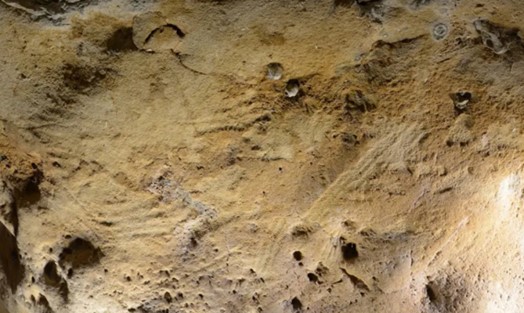
In an ancient cave in the French site of La Roche-Cotard, scientists analysed hundreds of wavy lines, dots and finger flutings left on walls of this cave.
These are the oldest, identified Neanderthal markings in the world. We do not know what they mean, although historians assume that Neanderthals and other people during prehistory used to draw on cave walls strictly for artistic reasons, representing their environment.
For a very long-time historians assumed that Neanderthals were a violent, primitive people. This discovery contradicts these assumptions. As we see in the picture above, Neanderthals were able to imagine complex abstract compositions and reproduce them in a similar way to that of Homo Sapiens living at the time.
A nearly 5,000-Year-old archeological discovery in Abu Dhabi
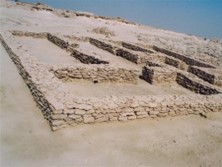
A new discovery in Abu Dhabi that dates back to as far as 2,700-2,000 years ago, sheds light on the Bronze Age culture of Umm an-Nar.
Umn an-Nar is an ancient civilisation that evolved on the island of Sas Al-Nakhl, near today’s Abu Dhabi. The island is located in between Mesopotamia and the Indian peninsula. Due to its location, the place was a central stop for traders which helped the people of the Umn an-Nar to be able to grow into a sophisticated civilisation. This discovery gives us an insight into the economic exchanges that were taking place in the Persian Gulf between Mesopotamian powers such as the Babylonian Empire and other civilisations, for example in the Indus Valley, in what is known today as India.
Recent excavations on the Sas Al-Nakhl Island, previously known as Umm an-Nar, have revealed many artefacts from ancient Mesopotamia including pottery in lined storage pits, as we see in the image below.
A lost ancient city in Iraq
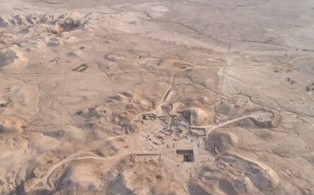
A lost temple from the ancient city of Girusu was found using drone photography in southern Iraq. The ancient city of Girusu was at the centre of one of the first human civilisations, the Sumerians. The Sumerians are the first known civilisation that developed in the Fertile Crescent in present day Iraq. They are known for building extremely advanced cities such as Ur and Uruk. Also, the first human traces of writing were found there too. But this civilisation still holds a lot of mysteries, especially the significance of their religious beliefs. Thanks to this discovery many historians hope to solve some of these mysteries.
The Enimu temple was found by a team of British and Iraqi archaeologists. This sanctuary was dedicated to the god Ningirsu, the namesake of the ancient city.
A 1,800-Year-old roman city in Luxor, Egypt
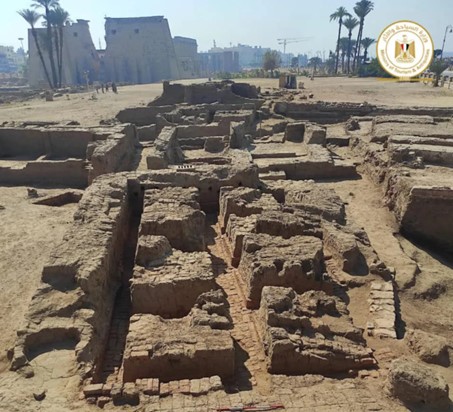
A complete residential Roman city dating back to the 2nd and 3rd centuries CE was uncovered by Egyptian archaeologists in Luxor. Luxor is known for its numerous temples, but this discovery is the oldest and most important city found on the eastern bank of Luxor.
The site is composed of many residential buildings and metal workshops that produced objects such as Roman coins, pots and tools. This extraordinary discovery will help historians learn more about the impact of the Roman Empire in this part of Egypt.
Romans took control of Egypt in 30 BC, following the fall of Cleopatra, the last pharaoh. Romans imported their culture to Egypt which was a central province of the Roman Empire. Roman gods were even worshipped in Egyptian cities. This newly found city in Egypt is the perfect example of Roman influence over Egypt.
Ancient roman mosaics found near the colosseum
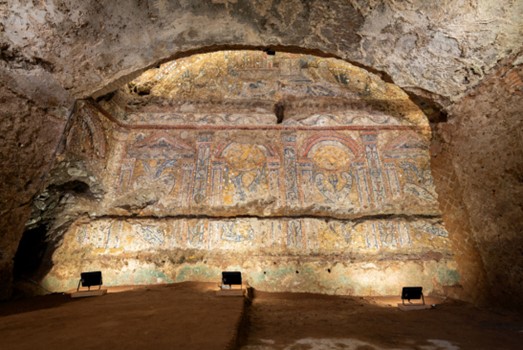
Another significant Ancient Roman discovery, this time closer to its origins: Roman mosaics were found on the grounds surrounding the Colosseum in the heart of the city, dating to the late Republican Age, in the last decades of the second century BCE.
It shows typical roman patterns that were used for decorative purpose. Since most mosaics in Rome did not last till today, this discovery is extremely precious giving us mosaics of a similar quality to those found in Pompei.
Julien Tonon / S6FR / EEB1 Uccle




